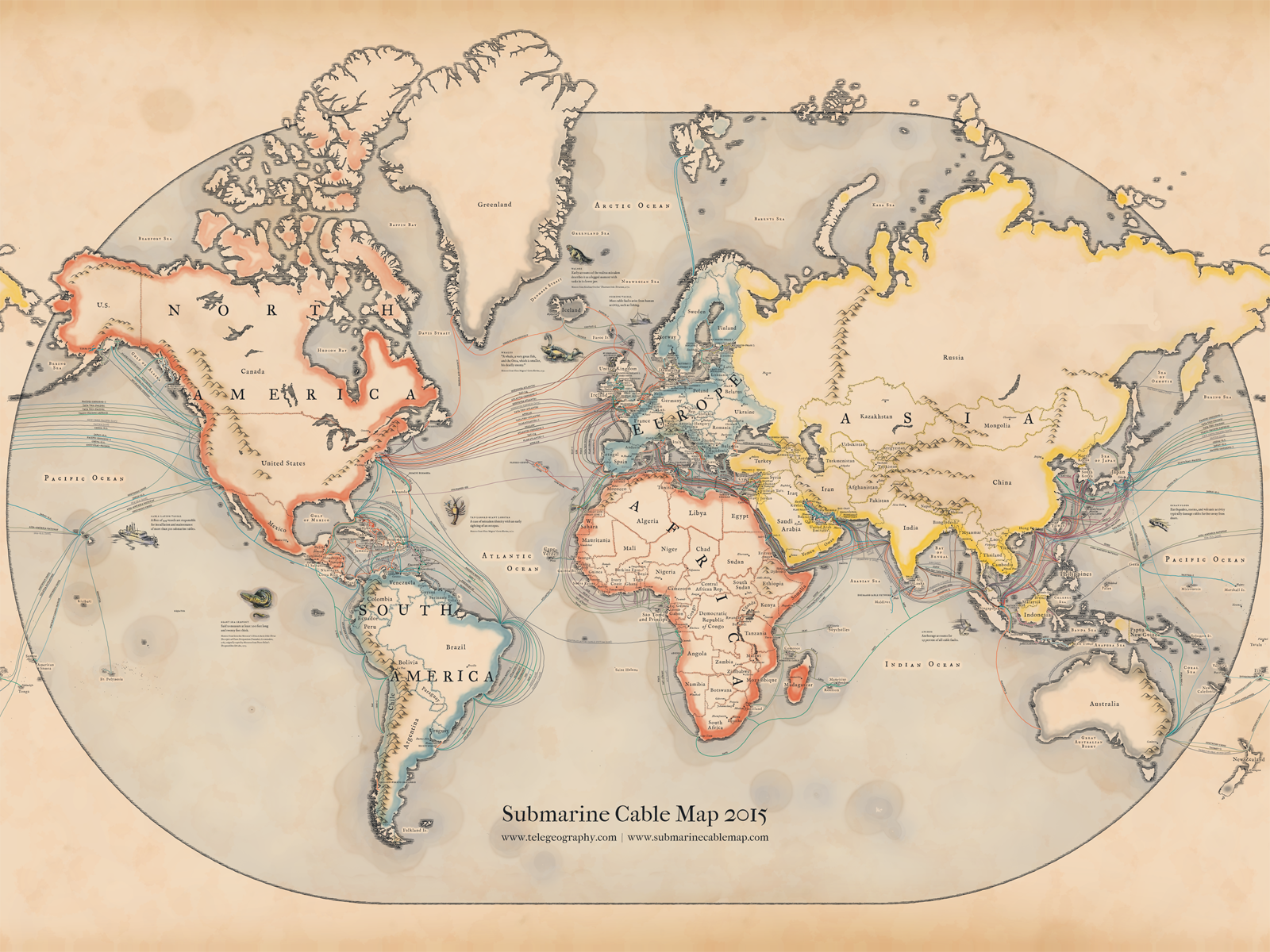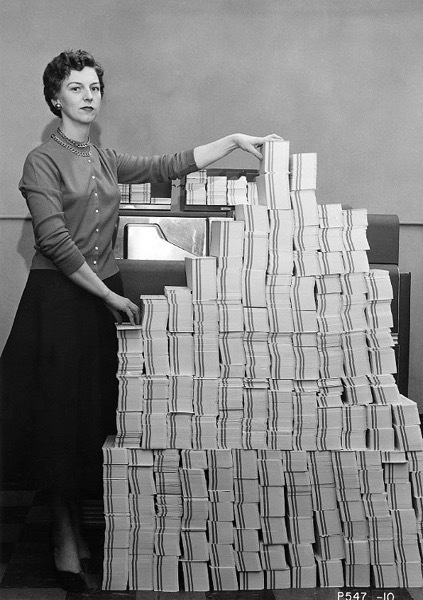data visualization
Visualizing History
Histography is a data visualization project by Martin Stauber, and it’s pretty amazing.
“Histography" is interactive timeline that spans across 14 billion years of history, from the Big Bang to 2015. The site draws historical events from Wikipedia and self-updates daily with new recorded events. The interface allows for users to view between decades to millions of years. The viewer can choose to watch a variety of events which have happened in a particular period or to target a specific event in time. For example you can look at the past century within the categories of war and inventions.
The project reminds me of The Fifth Element when Leeloo is researching “War." It’s not the interface, but the way so much information can be visualized in such a compact form – it can be a bit overwhelming.
(Revised and republished April 12th, 2025)
Undersea Cables and Cybersecurity in Australia
Australia’s vulnerable submarine cables, by Jessica Woodall at The Australian Strategic Policy Institute
Scattered across the ocean floor in intricate webs, submarine cables transfer high data volumes between onshore nodes. Five main international cables connect Australia to cyberspace and global voice networks. They carry 99% of Australia’s total internet traffic, dwarfing the capacity of satellites. Submarine cables are vital to our communications, economic prosperity, and national security. They also tend to break. A lot.
In most regions of the world this isn’t unexpected, or particularly worrying. Submarine cables aren’t much thicker than a garden hose and for the most part sit untethered and unprotected on the sea floor. Inadvertent breakages from ship anchors, nets and natural phenomena such as undersea earthquakes occur frequently, averaging at least one a week. To mitigate this risk, international agreements between cable operating companies are extensive, repair ships are quickly deployed and traffic is usually rerouted through other cables.
Unfortunately, the situation for Australia is more complicated. Sitting in the Southern Hemisphere, we’re largely isolated from the busy network of Transatlantic and North Asian Cable lines. We’re also unable to use overland fibre optic cables from other countries, leaving us reliant upon just a handful of international undersea cables.
Image below: Australian submarine cables at submarinecablemap.com

(Revised and republished April 12th, 2025)
Sea Monsters and Submarine Cables
Vintage-style map of submarine cables by TeleGeography (Wayback Machine link).
This year’s map pays tribute to the pioneering mapmakers of the Age of Discovery, incorporating elements of medieval and renaissance cartography. In addition to serving as navigational aids, maps from this era were highly sought-after works of art, often adorned with fanciful illustrations of real and imagined dangers at sea. Such embellishments largely disappeared in the early 1600s, pushing modern map design into a purely functional direction.

To bring back the lost aesthetic that vanished along with these whimsical details, TeleGeography referenced a variety of resources in the design process. One of the most invaluable was Chet Van Duzer’s Sea Monsters in Medieval and Renaissance Maps book, which provides arguably the most complete history of the evolution of sea monsters and map design from this period. Our final product is a view of the global submarine cable network seen through the lens of a bygone era.
There's an interactive online version of the map as well:
http://submarine-cable-map-2015.telegeography.com
(via Vox)
(Revised and republished April 12th, 2025)
5 MB of Data on 62,500 Punched Cards

“Programmer standing beside punched cards” “This stack of 62,500 punched cards — 5 MB worth — held the control program for the giant SAGE military computer network.” ca. 1955 (via the Computer History Museum)
Explaining data storage in a visual way has always been difficult, but especially so with the transition to magnetic tape in the 1950s and 1960s.
Photographs of punched cards help show the enormity of the task at hand, and also the materiality of the information.
5 megabytes of data seems pretty insignificant nowadays, when terabyte hard drives are a common feature in personal computers.
1 TB = 1,000,000 MB (now that would be a lot of punched cards!)
From the Computer History Museum’s online exhibit on Memory and Storage.
(Revised and republished April 2nd, 2025)
Digital Archaeology at The Deleted City
In an heroic effort to preserve 10 years of collaborative work by 35 million people [Geocities], the Archive Team made a backup of the site just before it shut down. The resulting 650 Gigabyte bit-torrent file is the digital Pompeii that is the subject of an interactive excavation that allows you to wander through an episode of recent online history.
(Revised and republished April 13th, 2025)